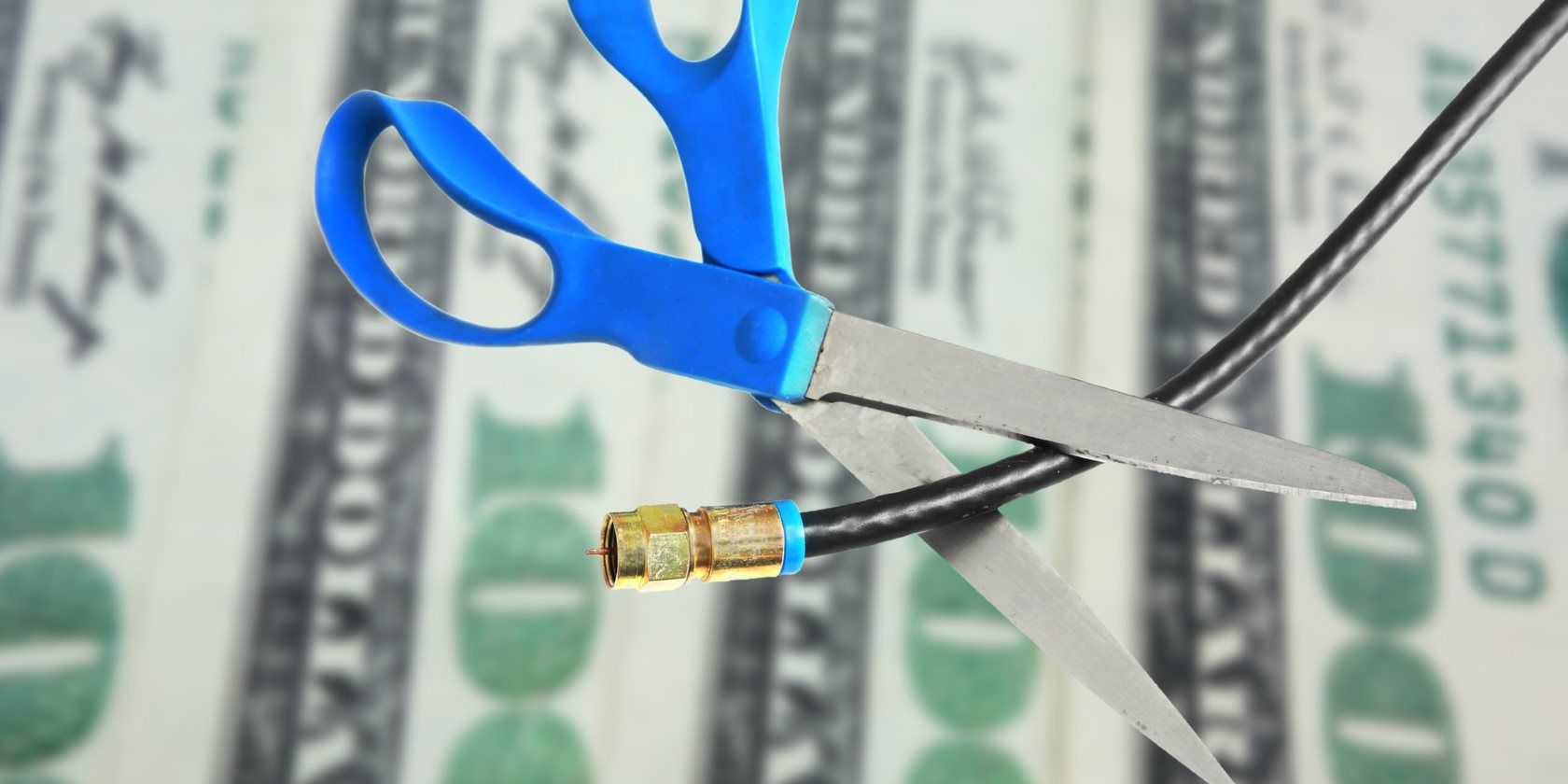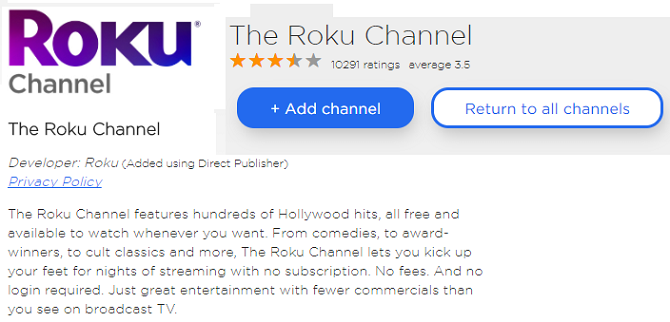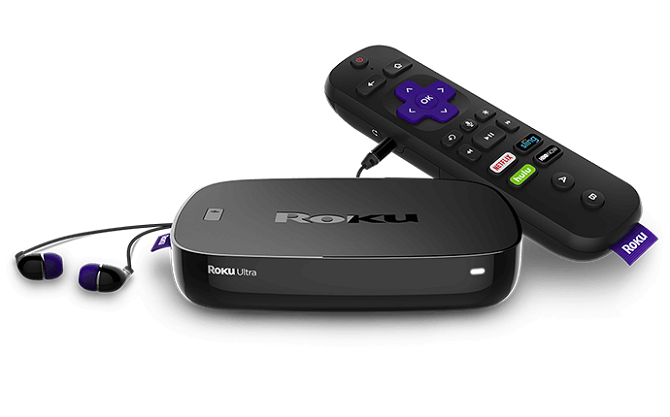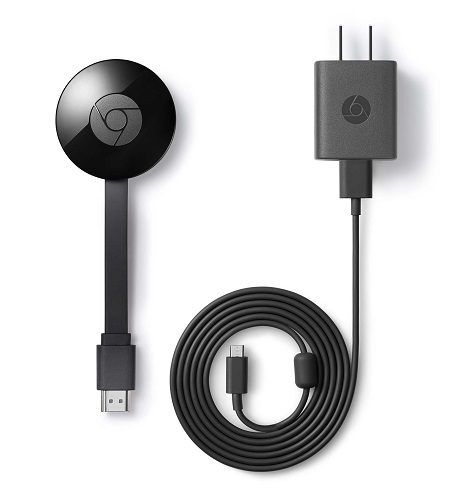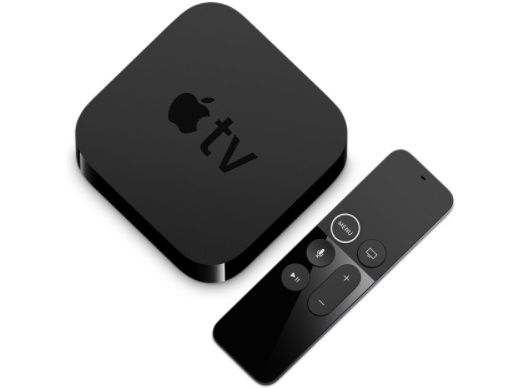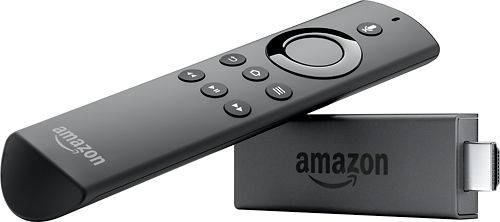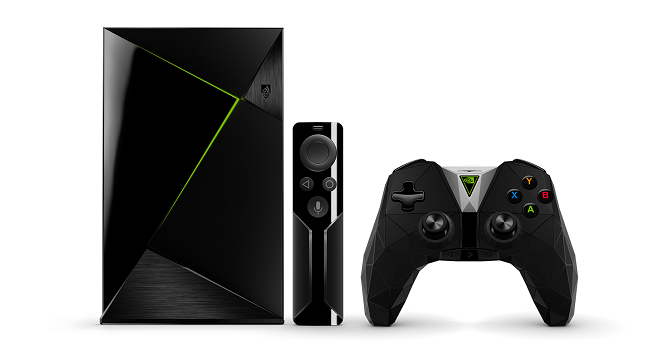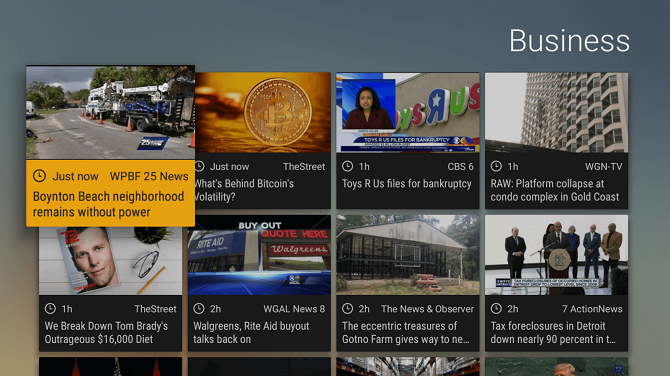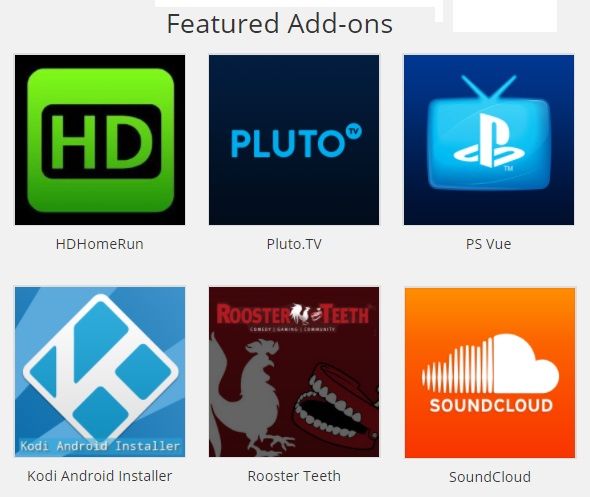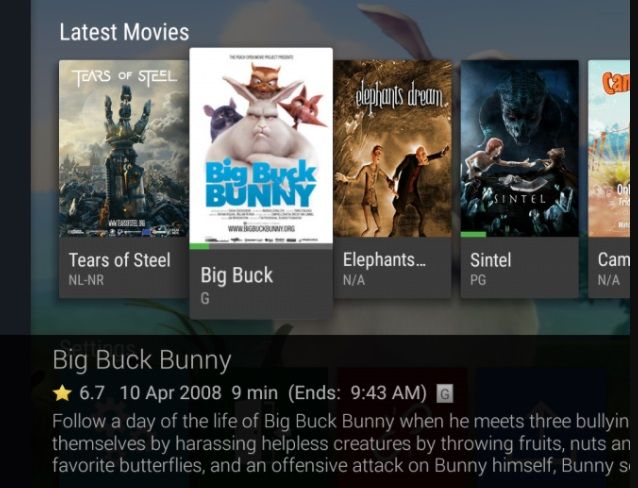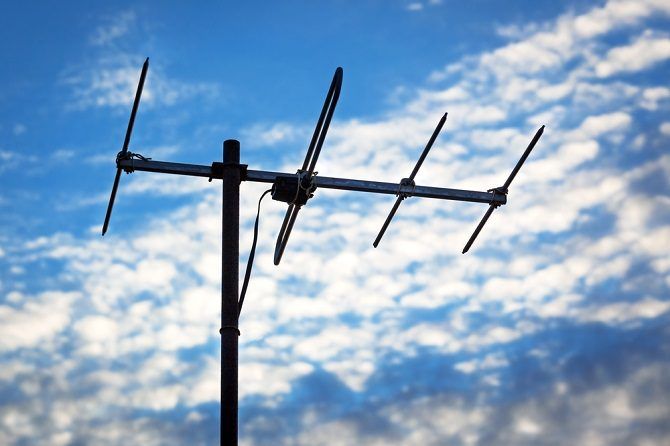The average American household now pays more than $103/month for cable television. And for what? An excessive number of ads, hundreds of channels you never watch, and below-par customer service. It's not exactly an enticing deal. Thankfully, people are starting to wise up; cord-cutting is more popular than ever.
In the second quarter of 2017, the pay-TV industry lost more than 760,000 subscribers. Experts predict that by 2021, the total number of cable subscribers will drop to 181.7 million – a 10 percent decrease in just five years. And Netflix now has more subscribers in the United States (52 million) than any of the "big six" cable companies.
It's an undeniable fact: cord-cutting is here to stay. If you've been reading about the cord-cutting phenomenon but you're not sure where to start, you've come to the right place. This is how to cut the cord and ditch cable TV for good. And it's the only guide you'll need to read on the subject.
The Pros and Cons of Cord Cutting
Before diving into the specifics of how to cut the cord, we need to make one thing clear: Cord-cutting is not going to be for everyone. There are some pitfalls you need to think about and lots of questions you need to ask yourself.
Let's briefly summarize some of the pros and cons of cutting the cord.
Pros
Save Money: It's almost impossible not to save money by cutting the cord. Yes, there might be some up-front equipment costs, but long-term you'll be much better off. You could subscribe to several leading video-on-demand (VOD) providers, and still pay considerably less than the $103/month cable TV average.
Fewer Ads: Most streaming services don't have ads; you can watch your favorite shows uninterrupted. Even some free services that do have ads – such as The Roku Channel – screen significantly fewer ads than cable TV.
Flexibility: Subscribers have been asking cable TV providers for à la carte packages for years, but the companies have steadfastly refused, presumably knowing it would lead to a significant loss of revenue. While not truly à la carte, cord-cutting offers a much more customizable experience.
Cons
internet Speed: You might be surprised at the number of channels you can get using an over-the-air (OTA) antenna, but ultimately streaming services will provide most of your content. Therefore, you need a fast and reliable internet connection. Netflix offers a handy guide on its website.
Data Caps: If your ISP institutes a data cap, you might need to boost your internet package to the next level.
Your Favorite Shows: Thanks to the growing prevalence of network-provided streaming services, you should always be able to get the shows you want. But it might not be worth subscribing to HBO Now if you only want to watch one HBO show. You might need to make sacrifices.
Devices
Broadly speaking, you need four things to be able to cut the cord successfully: a set-top box or streaming stick, an OTA antenna, an app for your locally-saved media, and some video-on-demand apps.
Firstly, let's take a look at some of the devices that are available. Usually, you'll only need one device. In terms of app availability, the choices are near-identical. The differences are found in the hardware and operating systems.
If you're not sure which is right for you, check out our comparison article.
Roku
If you want a one-size-fits-all solution, a Roku is the best choice. It's the most agnostic out of all the set-top boxes, and it's straightforward to set up.
The company refreshed its entire hardware line-up in mid-2017. It now offers five standalone devices.
- Roku Express: The Roku Express has a maximum picture quality of 1080p HD and the entry-level remote cannot control your TV.
- Roku Express+: The Express+ can connect to your TV using HDMI or composite A/V ports. It's fantastic for adding smart capabilities to older TVs.
- Roku Streaming Stick: The Roku Streaming Stick offers MIMO Wi-Fi support and ships with a smart voice-controlled remote control.
- Roku Streaming Stick+: The Roku Streaming Stick+ offers 4K resolution and high-dynamic-range imaging.
- Roku Ultra: The Roku Ultra is the company's top model. In addition to 4K resolution and high-dynamic-range imaging, it offers a USB port and a micro SD slot for expandable storage.
You will also find the Roku operating system built into some mid-range smart TVs.
Apps on Rokus are called channels. You can install both private and public channels. Public channels are found using the on-device channel store or by using the web portal. Private channels need a unique code and are installed through the web portal.
Chromecast
The Chromecast is Google's contribution to the cord-cutting world. It's a dongle that plugs directly into the HDMI port on your TV.
Unlike the other devices on this list, you do not install apps directly onto the device itself. Instead, you use your computer, phone, or tablet to cast content to your TV. Because there are no apps to worry about, Chromecasts are very easy to set up. Chromecasts are compatible with iPhones, iPads, Android phones and tablets, Macs, Windows computers, and Chromebooks.
Because Chromecasts require a secondary device to allow them to display content, they are probably not suitable for first-time cord-cutters who want to add smart capabilities to their television sets. They are, however, perfect for other TVs in lesser-used rooms in your house; you can do a surprising amount with them.
Just because you don't install apps directly on a Chromecast, you don't need to worry about the availability of content. Most of the popular streaming apps are Chromecast-enabled, including Netflix, Hulu, HBO Now, Crunchyroll, FOX, and Google Play Movies.
You can pick one up for around $35, which puts them in a similar price bracket as the Roku Express and Express+. Given the two devices' feature sets, you should probably opt for the latter.
Apple TV
Apple TVs are the most expensive and least flexible streaming devices on the market. However, if you're heavily integrated into the Apple ecosystem, they could be the best choice for your needs.
Once you have set up your Apple TV, you can download and install the usual array of apps from the App Store. Perhaps more interestingly, the device also works brilliantly with other Apple devices, apps, and services such as Siri, HomeKit, and Apple Music.
Apple TV also has AirPlay technology, meaning you can use your device to cast your Mac's screen to your TV. You can finally kiss goodbye to all those dongles and adaptors.
(Note: If AirPlay is the only important factor for you, you can find cheaper alternatives that will still work.)
Amazon Fire TV
The Amazon Fire TV takes a similar approach to the Chromecast; it's a dongle which plugs directly into the back of your TV.
However, unlike the Chromecast, you can install apps on the Amazon Fire TV. It comes with its own Android-based operating system and on-screen user interface.
Apps such as Netflix, Amazon Prime Video, Hulu, HBO, YouTube, ESPN, AMC, HGTV, Comedy Central, CNN, and many more are available. You can also sideload apps onto your Amazon Fire TV.
Because it's an Amazon device, the Fire TV also offers Alexa. That means you can use it to control your smart home, give voice commands to your TV (such as telling the device to play a particular show or display a specific channel), and you can even install third-party Alexa skills. If you have an Amazon Echo in your home, it could be the best device for you.
(Tip: If you have an Amazon Fire TV, you should consider using Velcro or double-sided tape to affix the dongle to the back of your TV set. Given its weight, it's liable to damage your TV's HDMI port if you leave it dangling freely.)
Android TV Boxes
Much like the mobile version of the Android operating system, Android TV comes in many different variants, some of which look drastically different from each other.
For example, the aforementioned Amazon Fire TV runs on Android, but that version of the operating system looks nothing like the Nvidia Shield's operating system.
And, as with the mobile version of Android, the quality between different devices varies considerably. At one end of the scale is the $300 Nvidia Shield Pro; it's arguably the best all-around streaming device you can buy right now. At the other end, you'll find lots of cheap Chinese boxes which are only capable of running Android 4.2.
Android TV boxes are also the device-of-choice when it comes to running Kodi on a set-top media player. Kodi is available in the Google Play Store, but you won't find it in either the Apple App Store or the Amazon Appstore.
We'll discuss Kodi in more detail later, but if you're not sure which Kodi box is right for you, check out our extensive guide.
Apps
Okay, so you have bought a set-top streaming device and hooked it up to your TV. Now what? Well, you need to install some apps.
You can divide VOD apps into two categories: free and paid. All cord-cutters should install as many free apps as possible. The paid apps require more research. You need to make sure the app is offering content you care about, and also keep an eye on the combined monthly cost of all the apps you're signing up to.
Free Apps
Here are some of the best free streaming TV apps you can install right now.
- Pluto TV: Pluto TV offers more than 100 channels of news, sports, and entertainment. It also has a VOD library of more than 1,000 movies and TV shows.
- Crackle: The Sony-owned Crackle is an ad-supported app. It specializes in classic movies, though you'll also find some original content.
- Tubi.TV: If you dig past the fluff, there are some quality movies on Tubi.TV. They include Fargo, Freaks and Geeks, American Psycho, and 12 Angry Men.
- CW Seed: CW Seed is another ad-supported app. It offers both online originals and CW Network classics. Highlights include Whose Line Is It Anyway? and Justice League: Crisis on Two Earths.
- YouTube: There's more to YouTube than cat videos and PewDiePie. With a bit of effort, you can find hundreds of films and TV shows.
- Network TV Apps: You can find free apps from FOX, ABC, CBS, NBC, and PBS. All the apps offer some classic shows but lack recent episodes of currently running series.
Paid Apps
Have a look at each of these paid apps and decide which is the most appealing to you.
- Netflix: The quintessential streaming app. You can enjoy House of Cards, Orange is the New Black, Stranger Things, and countless more Netflix originals. And don't forget the service's vast library of movies and old TV shows. ($8/month for the basic package).
- Hulu: Unlike Netflix, Hulu provides the latest episodes of many popular TV shows. It also offers an extensive library of movies and TV shows. The app is only available in the United States. ($7.99/month with ads, $13.99/month with no ads).
- Amazon Prime Video: Amazon's answer to Netflix. Its crown jewel is the Top Gear reboot The Grand Tour, but other original series such as Transparent, Patriot, and Sneaky Pete have also received critical acclaim. ($8.99/month).
- Disney Movies Anywhere: The app is free, but the content isn't. The app collates all the movies you've bought from other providers and displays them all in one interface. It also offers 7,300 in-app movies to buy, including the entire Disney catalog.
- PlayStation Vue: PlayStation Vue is a live TV app. It provides premium channels, a cloud DVR app, and streaming on up to five devices at the same time. Channels include ESPN, FOX Sports, TNT, TLC, CNN, BBC America, and many more. ($39.99/month, for the basic package).
- Sling TV: Sling TV is PlayStation Vue's biggest rival. The premise is the same; you can enjoy live TV for a fraction of the cost of a cable TV subscription. Channels include ESPN, AMC, CNN, Comedy Central, Cartoon Network, the Disney Channel, TNT, IFC, and A&E. ($20/month, for the basic package).
- HBO Now: HBO Now differs from HBO Go in that you don't need a cable subscription to enjoy the content. By subscribing to the app, you can access to everything HBO offers, including the latest releases. ($14.99/month).
- Showtime: Do you enjoy Homeland, Shameless, and Dexter? Perhaps the Showtime app is right for you. The subscription gives you access to the network's back catalog, whatever movies the network is airing that month, and even some boxing matches. ($10.99/month).
Software
Now you have access to a wide range of video-on-demand content, but you still need a way to access all your locally-saved media directly from your TV set.
There are three apps worth considering: Plex, Kodi, and Emby.
Plex
Plex is the most user-friendly app of the three. There is a free version and a paid version. The paid version – called Plex Pass – costs $14.99 for three months, $39.99 for a year, or $119.99 for a lifetime subscription.
Only you can decide whether you require the paid version. There's a chance you might not need it, but it does offer a lot of great extra features.
The best feature of a Plex Pass is perhaps live TV. If you buy an OTA antenna (such as the highly-recommended Mohu Leaf), you can watch and record any shows that are aired on OTA channels in your area.
Plex also launched a customized news service in 2017. News had previously been a problematic topic for cord-cutters, but Plex's offering has largely plugged the hole.
The company has deals in place with Sky News, CBS News, Reuters, The Associated Press, Deutsche Welle, IGN, Euronews, The Financial Times, and many more. The more news you watch, the more Plex can learn about your preferences, and show you videos you care about.
Lastly, Plex also includes channels. You can grab some from the Channel Directory within the Plex app, or you can manually install third-party channels using ZIP files.
Download: Plex
Kodi
Kodi is Plex's great rival. Don't worry; you won't get into trouble for using it. The app and the associated Kodi boxes are entirely legal.
That said, Kodi does have a reputation for being a pirate's haven; there are hundreds of illegal add-ons floating around the web. Using one of them could get you in trouble with the law. If you want to be safe, stick to the Kodi-approved add-ons in the official Kodi repo.
In many ways, the open-source Kodi is more customizable than Plex. If you enjoy tinkering with every aspect of an app, you'll love it. However, Kodi requires a lot of user maintenance, especially if you've made several changes. If you prefer to take a set-it-and-forget-about-it approach, you'll probably appreciate Plex more.
You'll also find it's much harder to use Kodi as a central server for distributing your media to other screens and gadgets in your home. It's not impossible, but it's way beyond what beginners will be capable of. Plex is designed for that very purpose; setting up a server is as simple as signing into your account.
Ultimately, both apps let you manage and watch you locally-saved media. Only you can decide which is the best fit for your needs.
Download: Kodi
Emby
Emby is the least well-known of the three, but many users claim it offers a happy compromise between Kodi and Plex. The app provides the open-source flexibility of Kodi, but uses the same server/client model as Plex.
Emby also has an advantage over Kodi in terms of availability. You won't find Kodi in the Apple or Amazon app stores, but Emby is on Android TV, Amazon Fire TV, Chromecast, Roku, Xbox, and more. An Apple app is rumored to be imminent.
If you want to use Emby on multiple devices, you'll need to sign up for Emby Premiere. It costs $4.99/month, $54/year, or $119 for a lifetime pass.
Download: Emby
Over-the-Air Antennas
The final piece of the jigsaw is an OTA antenna. You'd be amazed at the content you can watch for free with an antenna.
For example, did you know that the Super Bowl, the NBA finals, the U.S. Open, the Stanley Cup playoffs, the UEFA Champions League final, the French Open, and the CONCACAF Gold Cup have all been on free-to-air channels within the last 12 months?
Furthermore, NBC, CBS, ABC, Fox, The CW, and PBS are all entirely free to watch. Better yet, the signal in 96 percent of American homes is strong enough to receive all six.
Remember, if you're planning to hook your antenna up to an app like Plex or Kodi, you'll also need a digital tuner. The current favorite among hardcore cord cutters is the HDHomeRun. It includes two tuners so two people can watch different channels at the same time.
Are You Ready to Cut the Cord?
In this guide, we've introduced you to some of the most important devices, apps, and software you need if you want to successfully cut the cord.
To recap: you'll need at least one streaming set-top box, a couple of paid streaming apps, all the free streaming apps you can get your hands on, a home theater app for your locally-saved media, and an OTA antenna.
Now we want to hear your input. Have you successfully cut the cord? What tips would you pass on to someone who is just starting their cord-cutting journey? And if you haven't cut the cord yet, what's holding you back?
As always, you can leave all of your thoughts, questions, and opinions in the comments below.

